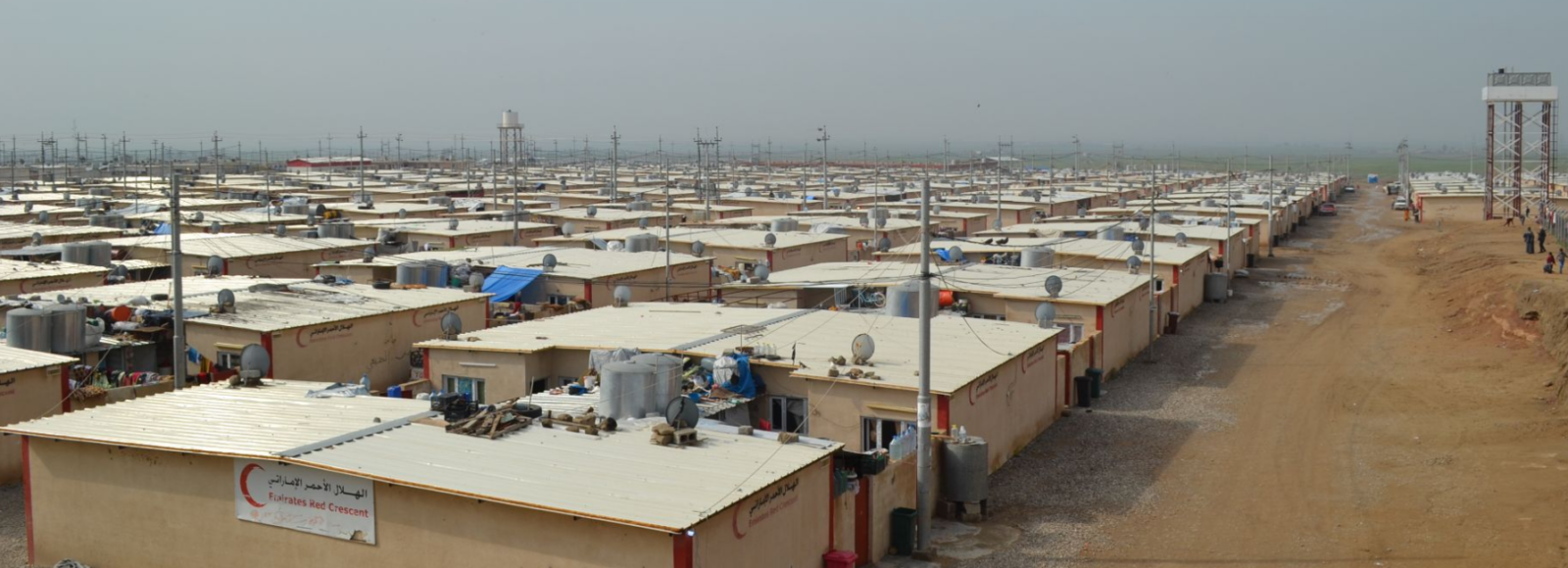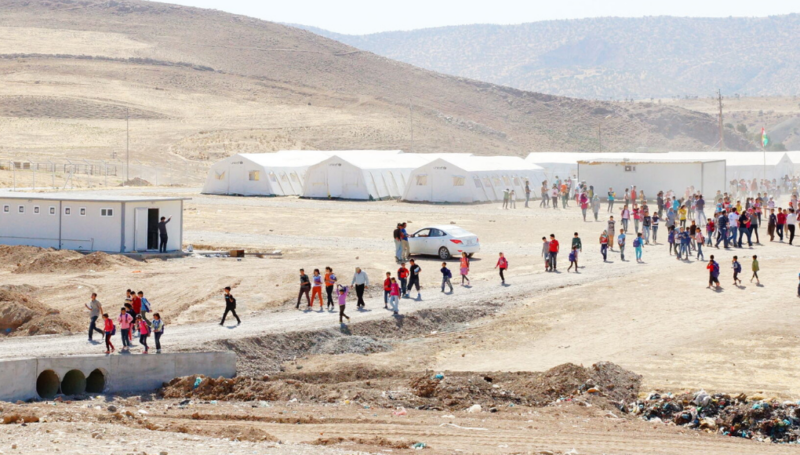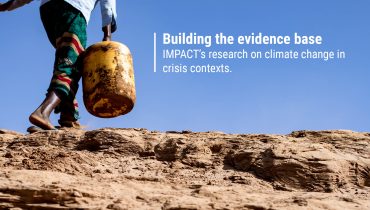Following the de-escalation of active military operations in late 2017 and early 2018 the fighting has stabilised in Iraq, shifting to a post-conflict context. The government has been encouraging Internally Displaced Persons (IDP) to return to their area of origin, with camps progressively closing since June 2019. In spite of this recommendation, the vast majority of IDP households living in camps reported having no intention of returning to their area of origin. The majority also perceived that security and safety conditions were still unstable in their area of origin. Reasons cited for not returning were also related to the perceived living conditions in the area of origin, such as the lack of livelihood opportunities and basic services, as well as the lack of assistance. Together, these factors work against durable returns for IDPs still living in formal camps Iraq.
Against this backdrop, REACH conducted a survey assessing the movement intentions of IDP households living in camps in Iraq, and exploring their perceptions of the conditions in their area of origin. To present the findings from the assessment, REACH published a interactive story-map in partnership with the Iraq Camp Coordination and Camp Management (CCCM) Cluster.
The main objective of the assessment, and the story map, is to fill the gap in the lack of understanding of IDPs’ movement intentions and the drivers of these intentions over time, using data collected since January 2018 with four rounds of added assessments (January 2018, August 2018, February 2019 and July 2019.)
For more information, feel free to scroll through the story-map below or to read it in a separate browser here.









